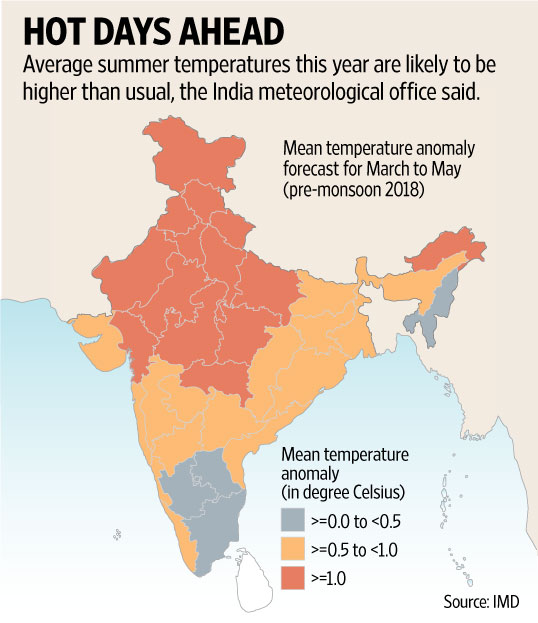7667766266
enquiry@shankarias.in
Why in news?
India Meteorological Department (IMD) has recently released its annual summer forecast.
What are the key aspects?

Why is the forecast significant?
What does it call for?
Source: The Hindu
Quick Fact
La Nina